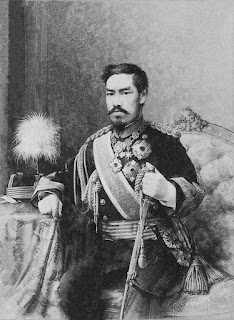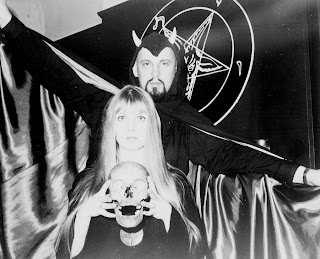Asura Snow

1. Meiji Japan Emperor Kōmei succumbed to smallpox on January 30th, 1867. The Edo period died with him. His fourteen year old son Prince Mutsuhito assumed the Chrysanthemum Throne on October 23, 1868 and was re-christened “Emperor Meiji.” Too young to govern at the time of his ascension, the child emperor’s advisors assumed control of Japan and quickly set about modernizing the island nation: old systems of feudal hierarchy were abolished, the so-called “evil customs” of the past were broken off, and thus were the foundations of imperial rule laid. Emperor Meiji Early Meiji reformers believed such reforms were necessary for achieving diplomatic equality and military strength. The motto of the era was “Enrich the Country and Strengthen the Military.” Emperor Meiji embodied these efforts. He wore Western-style military clothing, styled his hair after the Western fashion, and grew a kaiser mustache all in an effort to appear more “civilized” to the outside world. 2. Lady Snowblood Toshiya...



